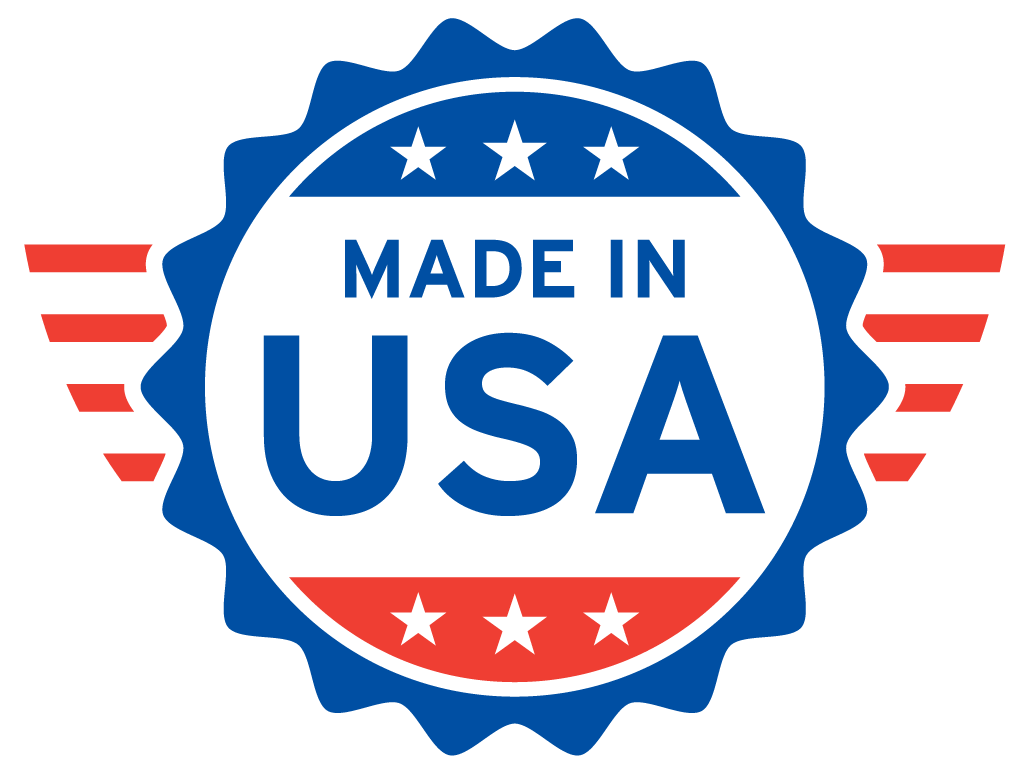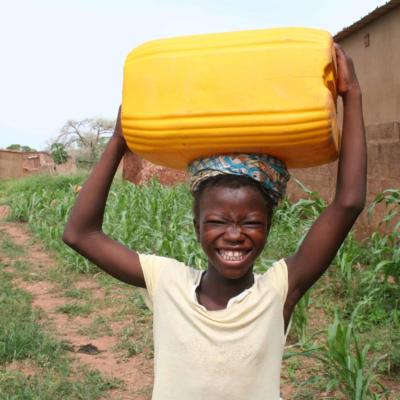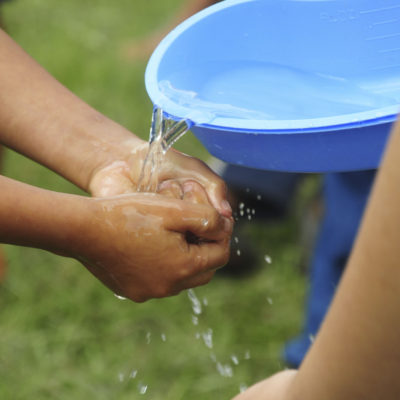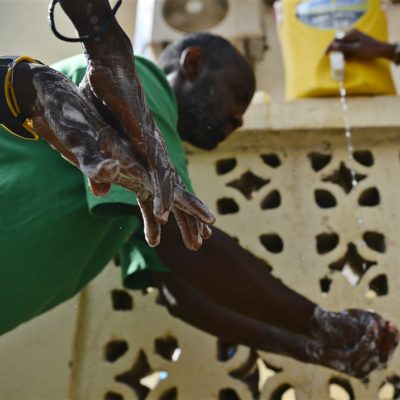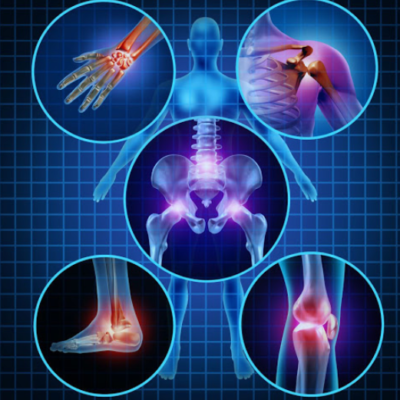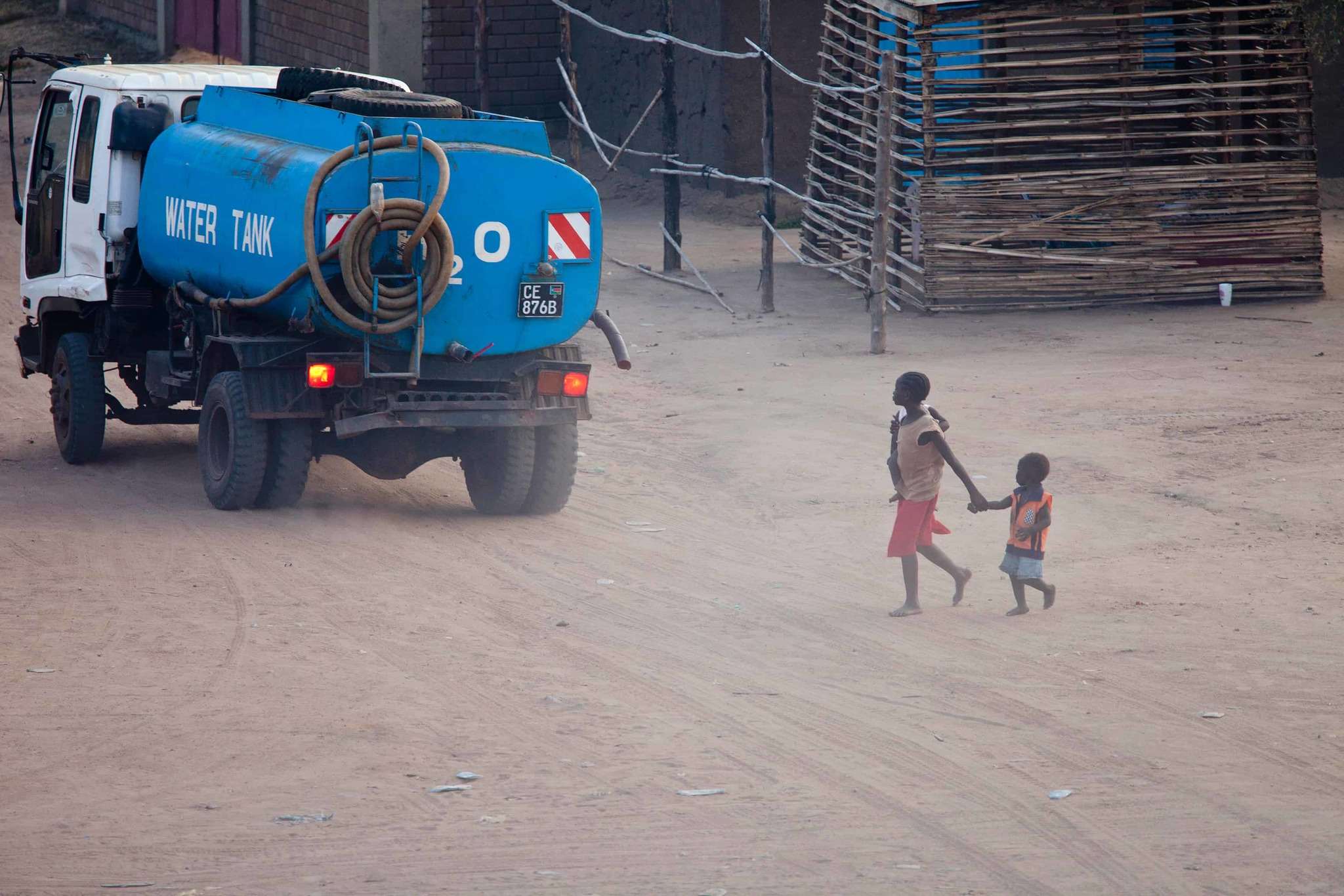
Plastic Bottle Pollution Highlights the Global Need for Innovative Pure Water Solutions
Today, nearly 25% of the world’s population still relies on unsafe water supplies.
When people don’t have access to clean water, how is this problem currently addressed?
One potential answer is to deliver large quantities of bottled water to places in need. While this certainly provides a quick fix, this is not a long-term solution.
EVERYWHERE WATER™ portable, on-site watermakers can supplement or be an alternative to bottled water distribution.
The Problem with Plastic
“A million plastic bottles are bought around the world every minute,” states The Guardian. Would you believe that most that have ever existed, still exist?
In fact, according to National Geographic, “A whopping 91% of plastic isn’t recycled.”
It’s hard to imagine a time before plastic, but it has only been around about a century. The ubiquitous material takes 450 years or more to break down completely, meaning every single unrecycled bottle ever made is still here.
While you may diligently recycle your water bottle at work, or better yet, employ a reusable bottle, the majority use a bottle once and toss it.
Forbes notes, “Most plastic, bottles included, ends up in either the ocean or in a landfill.”
A Fundamental Need and a Human Right
“Universal access to safe drinking water is a fundamental need and human right. Securing access for all would go a long way in reducing illness and death, especially among children,” Unicef explains.
Additionally, “Almost 159 million people still collected drinking water directly from rivers, lakes and other surface water sources.”
What if we could create safe, potable water from these sources?
Everywhere Water™ purification and desalination systems make it possible.
A Safe Alternative to Bottled Water
According to the National Academy of Engineering, “Lack of clean water is responsible for more deaths in the world than war.” However, in developing countries the problem is sometimes not an actual lack of water. The issue is whether or not the water has been contaminated.
UN Water notes, “On a global scale, half of the people who drink water from unsafe sources live in Africa. In Sub-Saharan Africa, only 24% of the population have access to safe drinking water.”
“The irony is that Africa has abundant fresh water: large lakes, big rivers, vast wetlands and limited but widespread groundwater. Only 4 percent of the continent’s available fresh water is currently being used,” states UN Africa Renewal.
EVERYWHERE WATER™ portable, on-site watermakers can change this.
HydroVolt SQN for larger groups of people.
HydroVolt AQS for smaller groups of people.
These on-site watermakers can supplement or be an alternative to bottled water distribution.
Bottled Water at What Cost?
Buying, shipping and transporting water bottles is costly, both in terms of money and carbon footprint.
Live Science explains, the production cycle of bottled water includes massive amounts of energy “used to make the plastic and turn it into bottles, to treat the water, to fill and cap the bottles, and finally to transport them.”
Bottled water “consumes significant amounts of energy in production and shipping. Millions of tons of oil-derived plastics, mostly polyethylene terephthalate (PET), are used to make the water bottles, most of which are not recycled,” states WorldWatch.
In places where recycling infrastructure and facilities do not exist, the bottles that at first brought life-sustaining water, while able to be reused, often become trash with nowhere to go.
Ellen MacArthur Foundation warns, “It is estimated that by 2050 the ocean will contain more plastic by weight than fish.”
Why contribute to an environmental crisis when an innovative solution exists?
EVERYWHERE WATER™ portable, on-site watermakers can supplement or be an alternative to bottled water distribution.
